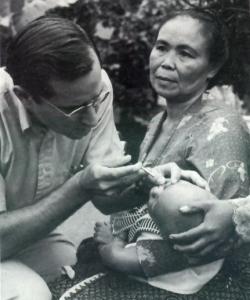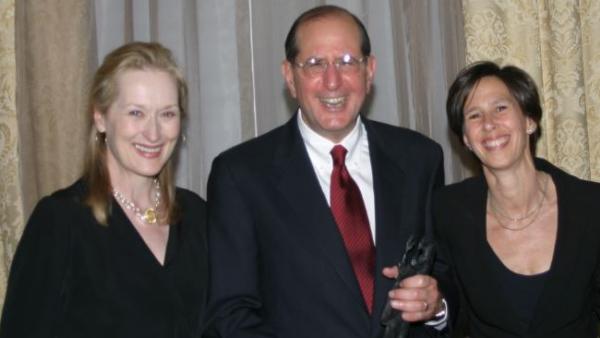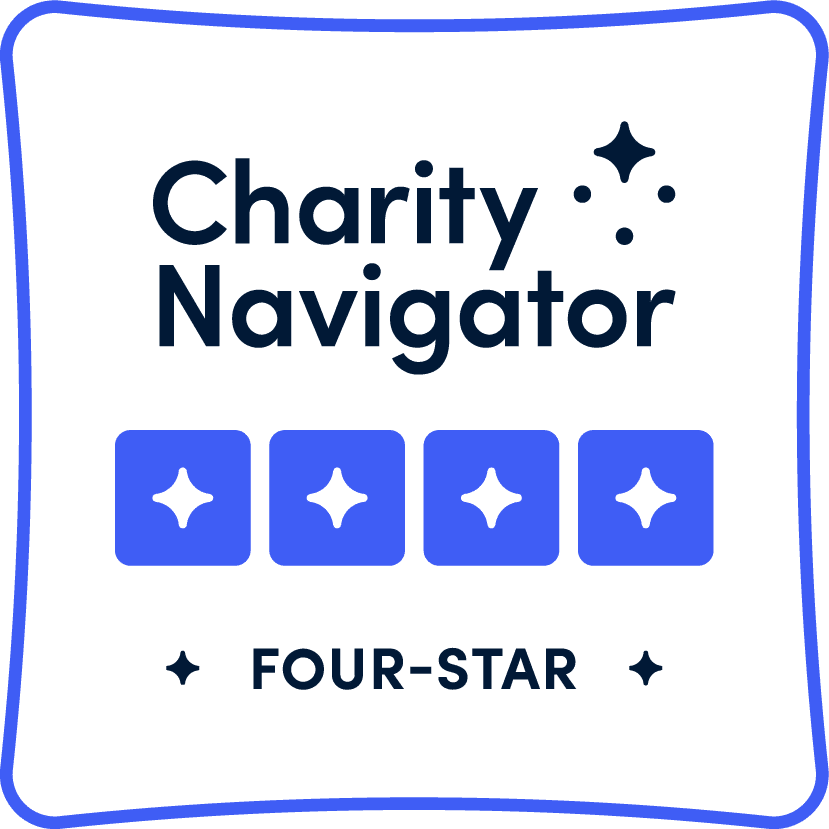The Early Days of Combating Vitamin A Deficiency
I was shown my first case of vitamin A deficiency, which in those days was only thought of as an eye disease, while I was an Epidemic Intelligence Service Officer for the Center for Disease Control and Prevention, in Atlanta. In East Pakistan there was a Scottish physician who ran the medical service for a large tea estate in the north of East Pakistan in the hill area and he and I would collaborate on some other, unrelated research together. Every month or two my wife and young son and I would travel by overnight train to Sylhet, where the tea plantations were, and we would stay with Donald MacCay and his wife.

In any case, in one of the small nursery schools he showed me a child with night blindness and a Bitot’s spot — which is a small white spot on the outside of the eye, usually indicative of vitamin A deficiency, and then he told me about its treatment and the like. I didn’t think very much of it except that since I knew I was going to become an ophthalmologist, it was interesting to see.
I came back to Baltimore after that visit in the Asian subcontinent in 1972, postponing my eye residency across the street and doing my Masters degree in Epidemiology here at the School of Public Health. About October of 1972 Ed Maumenee, who was the director of the Wilmer Institute and professor of ophthalmology called me up to say he had an old friend who was visiting, a woman named Susan Pettiss. They had been classmates back in Mobile, Alabama. She had put Ed on the advisory board of a new organization — which is now known as Helen Keller Worldwide — then it was known as the American Foundation for Overseass Blind (AFOB) and she was coming down to see him because the first project was going to involve their concerns with xerophthalmia, a consequence of vitamin A deficiency. They understood it was a big problem in the new country of Bangladesh. They were going to hire somebody to go look at the problem and advise the government and asked Ed if he knew anything about it. He told her that, no, he didn’t know anything about it, but he had this young public health interested guy who had just come back from Bangladesh and had been doing nutrition work.
So I met with Susan in Ed Maumanee’s office and she told me about the project and I told her that I actually had a number of close colleagues who were still in Bangladesh and that they could make this person’s entry a lot easier. She said that would be great.

Susan asked me subsequently to join her advisory committee, which was chaired by Jack Crowley, and to begin to talk about ways that they could move the “vitamin A issue” forward. She had told me that when HKW first hired her, the organization had decided they wanted to get into the business of blindness prevention. Until then they had only been in the business of education and rehabilitation of the blind. They thought prevention might be be a useful addition to their portfolio and had hired Susan to try and get that going, and she in turn had talked to a number of people for advice. They decided that perhaps the newly emerging issue of vitamin A deficiency in children might well be the thing that would catalyze their interest and would be the place that they should focus their energies and attention.









